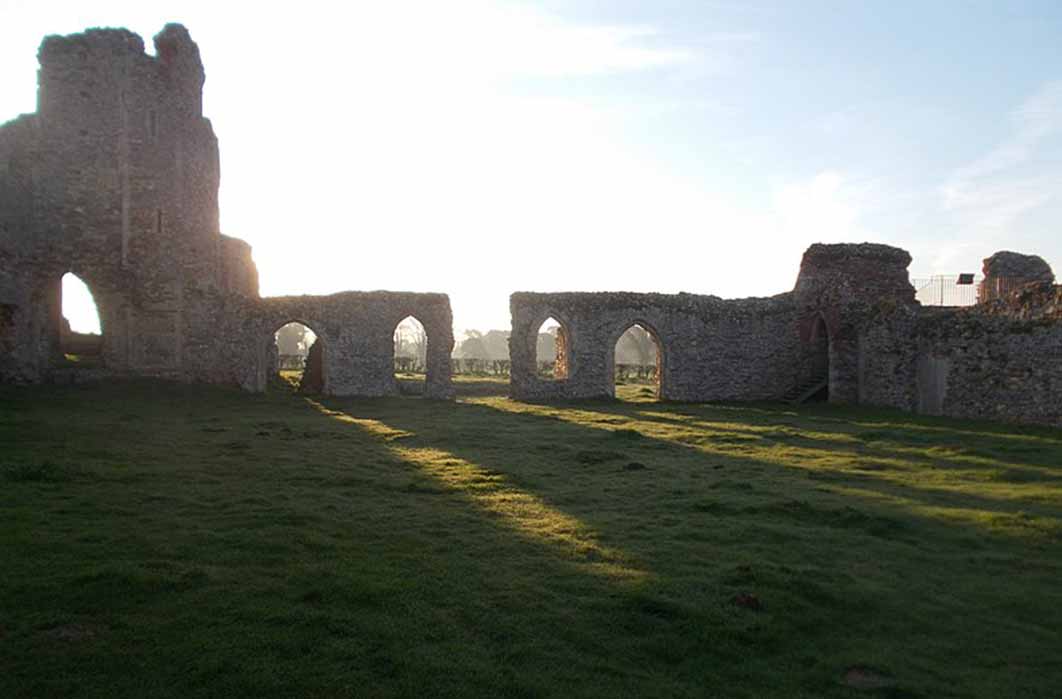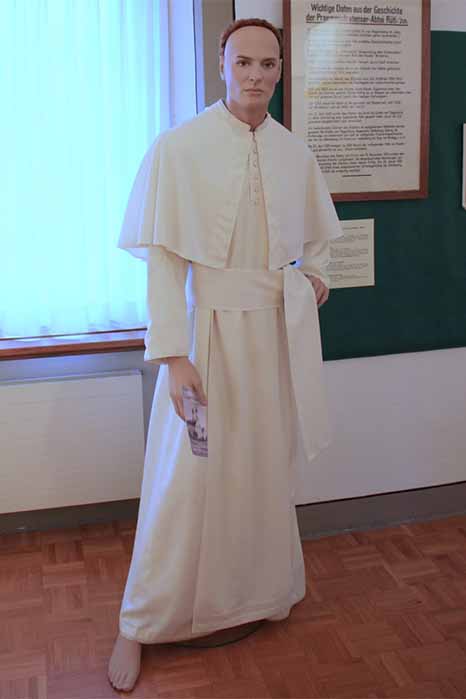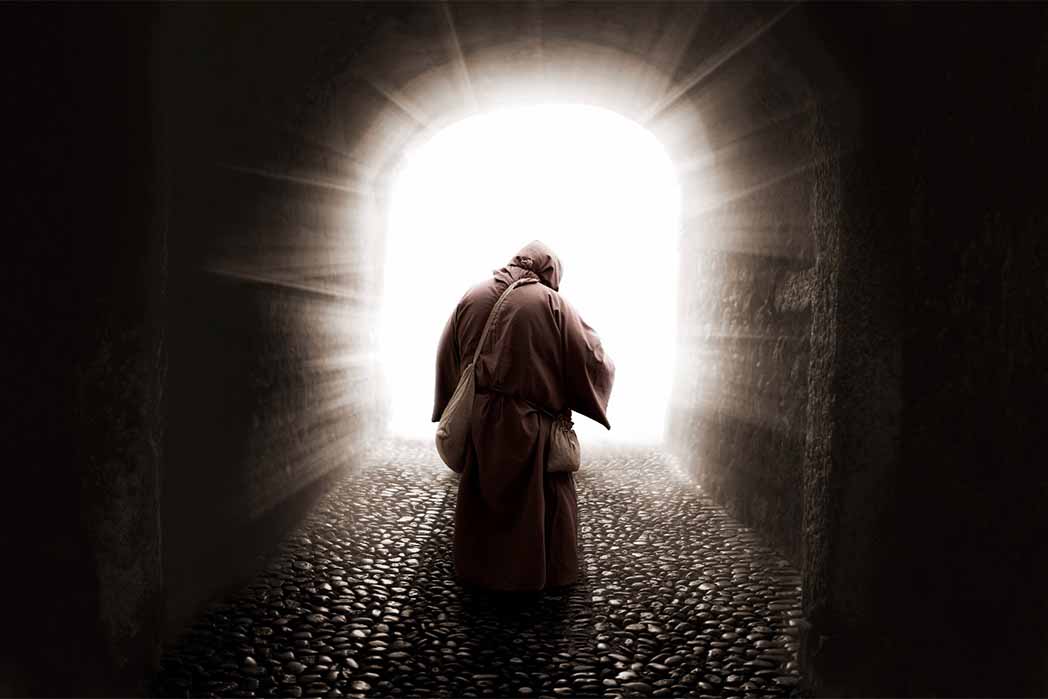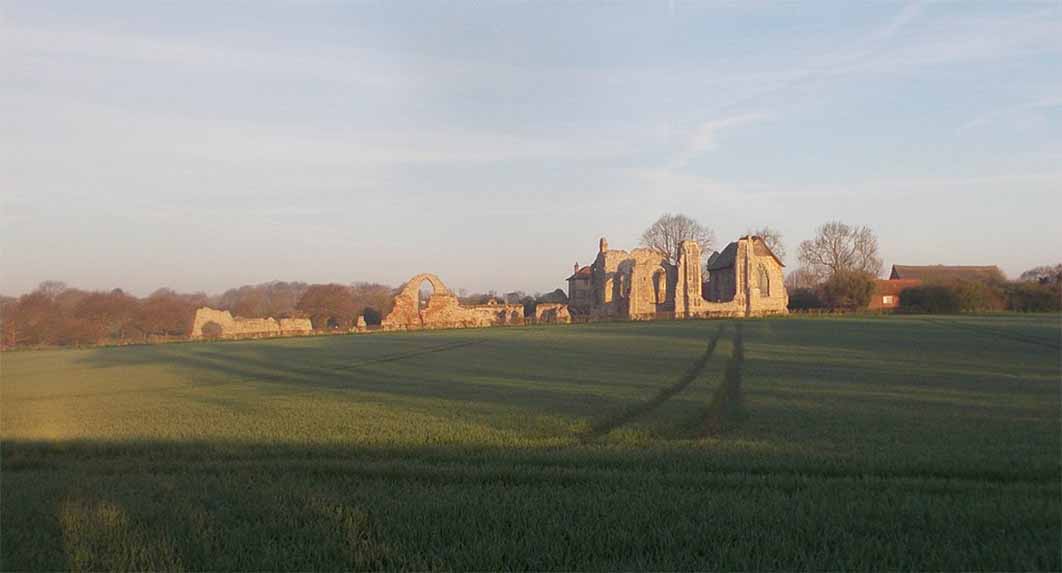
Leiston Abbey 13th-Century Pirating Monks Of Rural Suffolk
The original Leiston Abbey was once the home of pirating monks, but today the ruins of the second Leiston Abbey, showcasing some of the finest and most complete monastic remains in the south of England, lie well off the beaten track in rural Suffolk. It is known from the historic records that the first monastic buildings in the Leiston area were founded in 1171 when Ranulf de Glanville, King Henry II’s Chief Justiciar who had founded the Priory of Augustinian Canons at Butley, established a Premonstratensian house at Leiston in 1183. The Order of Canons Regular of Prémontré or Premonstratensians - commonly known as the White Canons on account of the color of their habit -were a religious Order of Canons Regular founded in 1120 by Norbert of Xanten, who was later canonized in 1582. Their Order was characterized by strict order, isolation and ritual solemnity. Unlike other Orders they did not accommodate lay brothers but in seeming contradiction they were also known as teachers, preachers, and for the care they offered the sick in their infirmaries. The first Norbertines, as they were sometimes known, arrived in England relatively late in 1143 and at the Order's height they had 35 houses in the country.

White habit of a monk of the former Premonstratensian Order (roland zh/ CC BY-SA 3.0)
Henry II had granted the manor of Leiston to Ranulf de Glanville sometime before 1179 who took great pains to plan a Premonstratensian house there, travelling to Premontre Abbey in order to seek permission for Robert, Abbot of Durford Abbey, to come to Leiston. Monks were also recruited from Welbeck and it seems that Robert had no desire for his Abbey to be tied to one specific house. The royal charter which confirmed the Abbey's foundation was issued in 1185, by which time the church's construction was well underway.

The monks’ accusation: “took the ship with the goods out of the liberty of Dunwich and into the Abbotts liberty along a certain channel leading from Minsmere to Leiston Abbey” (fran_kie/Adobe Stock)
The Pirates’ Abbey
Ranulf de Glanville died at the Siege of Acre, the first major counterattack by Guy of Jerusalem against the Muslim leader Salah al-Din, in 1190 and the patronage of Leiston Abbey and his other foundations, was passed on to his daughter Maud. Maud was married to William de Auberville and together they founded another religious house at Langdon Abbey, an act which was carried out under the seal of Abbot Robert of Leiston. This demonstrated the importance the Abbey had now acquired especially in relation to the Premonstratensians Order in England, but unfortunately the monks had not chosen the best site for their Abbey. The marshes around Minsmere where this early Abbey was built were, as they are today, damp, murky places prone to flooding and to mosquitoes. They were also situated close to the sea and the key medieval trading port of Dunwich, a town which today lies largely beneath the waves, although it is said one can still hear the bells of its numerous sunken churches pealing on stormy nights.
- The Plight of the Poor: Monastic Charity and Almonries in Medieval England
- Restoring The Ruins Of Reading Abbey, Resting Place Of Kings
- Colne Priory – Revisiting the Excavation Of The Earls Of Oxford’s Tomb Sites
It seems in this respect at least the location was prosperous for on October 28, 1293 the Abbot of Leiston Abbey was accused of piracy. The Curia Regis Roll records that the Abbot seized Captain Stephen le Frere who was heading for the port of Dunwich and that “the abbot and others…insulted, beat, wounded and ill-treated him, and the next night took the ship with the goods out of the liberty of Dunwich and into the Abbott’s liberty along a certain channel leading from Minsmere to Leiston Abbey and continue to detain the said ship in contempt of the king.” Hardly the behavior one would expect from monks.
The south-east frontage of the Leiston Abbey ruins (Eebahgum /CC BY-SA 4.0)
Relocating the Abbey
Nevertheless, despite the convenient location close to the sea, the swamp grounds combined with the fact that the Abbey was being “drowned by flooding of the sea” proved uncomfortable enough for the monks to apply for, and be granted in November 1362, permission from the king to rebuild the Abbey in a safe and more hospitable place, on a site donated by a local landowner. Possibly a manor house already existed on the site, so the Abbey was not constructed on unused land.





